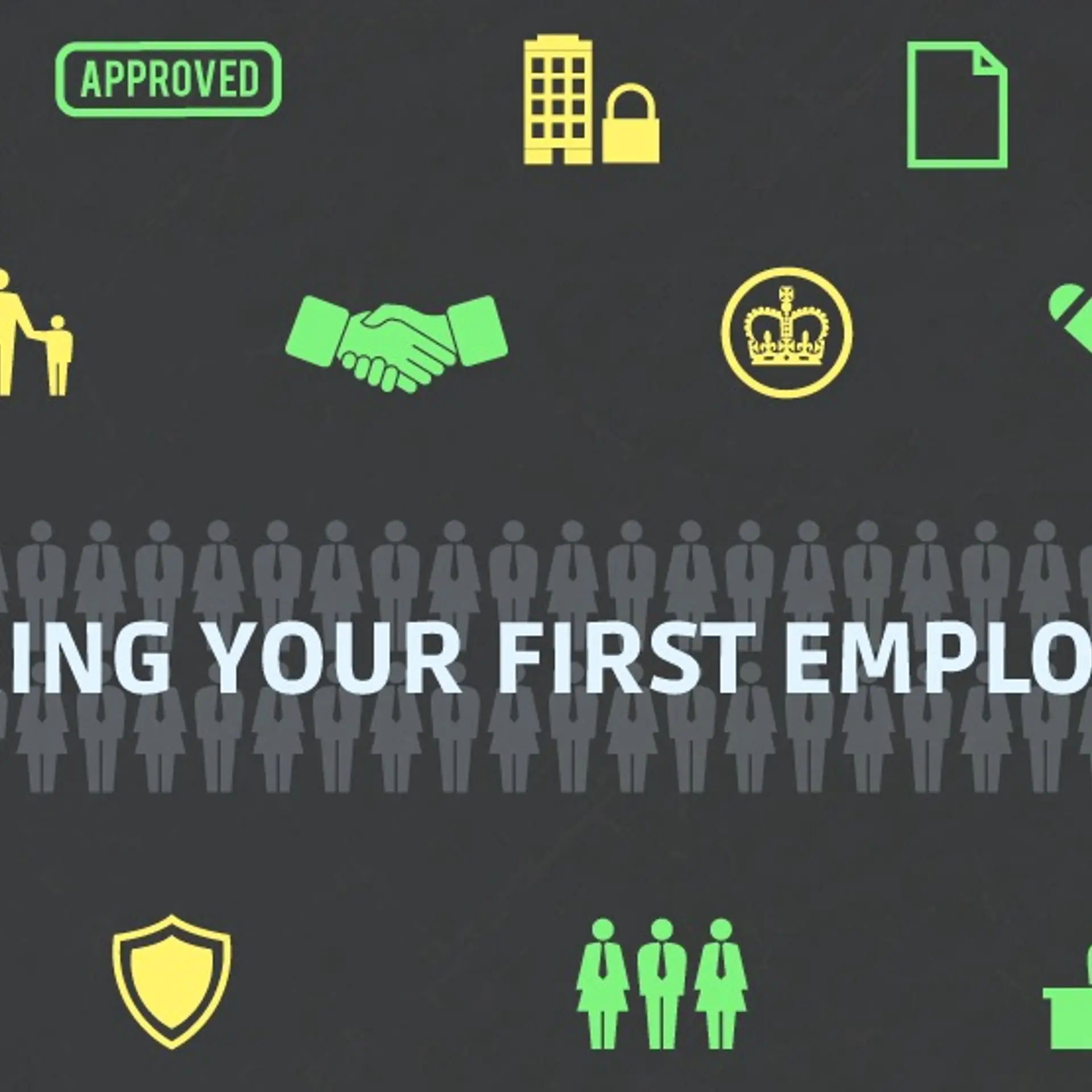

Ecommerce Mistakes That Make Your Users Abandon Your Website
Ecommerce Website Mistakes
As much as eCommerce is a lucrative industry, finding loyal customers online is a challenging job. The competition in the online world has reached a point where new websites need to be incredibly amazing to survive the competitive eCommerce sector. Even a minor mistake can drive away your prospects.
The major goal of an eCommerce website is to drive organic traffic to their platform and generate qualified leads. However, many websites end up losing out their customers to competitors because of stupid eCommerce mistakes. For example, displaying too many pop-up notifications, writing ineffective product description, presenting a complicated checkout process, and building a complicated website structure are some of the common mistakes that can ruin your brand reputation.
Many eCommerce store owners opt for an eCommerce web development company to build a flawless website. But your job doesn’t end with the website development. You need to keep the user’s satisfaction by providing them with a seamless experience on your platform.
You must know the common eCommerce mistakes that most store owners tend to commit during the website development and marketing stage.
In this post, we will walk you through a list of the eCommerce mistakes you must avoid.
1. Adding Out of Stock Items
Let’s say your customers find a particular deal on your website super exciting. They decide to purchase the product right away. They navigate to the particular product page only to discover that the product is out of stock. What do you think will your customers do? Well, a majority of them will search for these products on your competitors’ websites and make a purchase immediately.
Make sure that you don’t include the out-of-stock items in the category or search pages. Alternatively, put a badge on the item’s photo that says the item is not available for sale for now.
2. Inappropriate Product Description
For online shoppers, the product description is the only way to determine the quality, features, and USP of the brand. You may have amazing products and stunning pictures. But, how are you going to describe the products to the users? Customers will never purchase a product with inappropriate or no description at all.
If you want to tempt your audience into buying your products, write an effective product description copy for all items. Let your customers know the features, pros, and uses of the item. Keep the description short and informative.
3. Poor Quality Photographs
One major factor that increases the bounce rate on your eCommerce website is the poor quality pictures. Nothing is more frustrating for your customers than a poor or wrong product photograph. Sure, there can be minor color fluctuations in the product and its images. But, you must try to upload authentic images that match the item you sell.
Try to update larger images so that customers can get a proper insight into your product. If you are uploading smaller pictures, add zoom features to allow your users to zoom in on the photograph.
4. Mobile Incompatibility
A significant amount of traffic coming to your eCommerce website is from smartphone users. More than 80% of people use mobile to shop and carry out regular internet tasks online. Building a mobile compatible website should be your number one priority.
Your eCommerce website should provide your users with seamless navigation and shopping experience on smartphones. Try to keep the design minimal yet attractive. Users must be able to navigate around your eCommerce store easily.
5. Complex Navigation
Customers want a seamless shopping experience. They will rather press the back button than navigating around a complicated and cluttered website. Easy navigation indicates a website that allows customers to move from one section of the website to the other within a few clicks.
Make your eCommerce website aesthetically appealing and simple. The overall structure of the platform should be as clean as possible.
6. Forcing People to Sign Up
There’s nothing more annoying than completing the registration form. In order to make a purchase, your customers will have to submit their personal and financial details. But that can be done later i.e. when they decide to purchase your products.
Never compel your visitors into registering on your eCommerce website to get access to your product catalog. Allow your customers to navigate your website and shop as guests. You must also allow your customers to add certain products to their shopping cart and purchase them later.
7. Unnecessary Pop-up Notifications
Customers are no longer interested to read the pop-up notifications and fill their contact details or personal information in the form. Sure, you need to ask users to subscribe to your newsletters or check out the latest promotional deals. But displaying unnecessary pop-ups isn't the right way to get your website visitors to take action.
Pop-ups are a major turn off for your audience. These small boxes popping up on their smartphone or desktop screen will drive them away from your eCommerce website. The best alternative to pop-ups is the sidebar.
8. Complicated Checkout Process
According to the research, online eCommerce stores lose $18 billion every year because of cart abandonment. Most experts blame the complex checkout process for the increasing cart abandonment rate. There's no denying that customers do no appreciate the lengthy and tedious checkout process.
Don't ask people to fill a large number of blank columns. Keep the checkout process limited to the vital information. Similarly, do not redirect people to several pages. Put everything on a single page and let your users enjoy a hassle-free and smooth checkout. If there's a coupon, display the coupon box clearly on the checkout page.
9. No Information about Shipping, Delivery Charge, Return and Refund, and Packaging
Never surprise your customers with an added delivery cost by displaying the delivery charges during the checkout process. This will ruin your website’s credibility. If you want to achieve customer retention, display all the details on the product description page itself. Many customers abandon the shopping cart because of the added shipping cost.
Apart from delivery charges, you should display other crucial information such as the return policy, refund process, and expected delivery date. Most eCommerce platforms display this information in the bottom section. Alternatively, you can create an FAQ page and add the necessary questions concerning the common customer queries. Never shock your users with unexpected restrictions and costs.
10. A 404 Error on Searching
Another mistake that drives users away from an Ecommerce website is the 404 error message. If your customer is trying to find a product that you don't sell, redirect them to the list of the alternative or similar products rather than displaying a 404 error message. For instance, if a user is searching for the White pendant in a silver chain, and your website has no such item, suggest other similar items such as White Pendant in a gold chain. It might take extra effort, but it can turn the visitors into your customers.
Conclusion
These were the common eCommerce website mistakes that webmasters are likely to commit. Improve your conversion rates by avoiding the above mistakes. For better results, hire an eCommerce development company and build a responsive and high-quality website that caters to the varying requirements of users.






